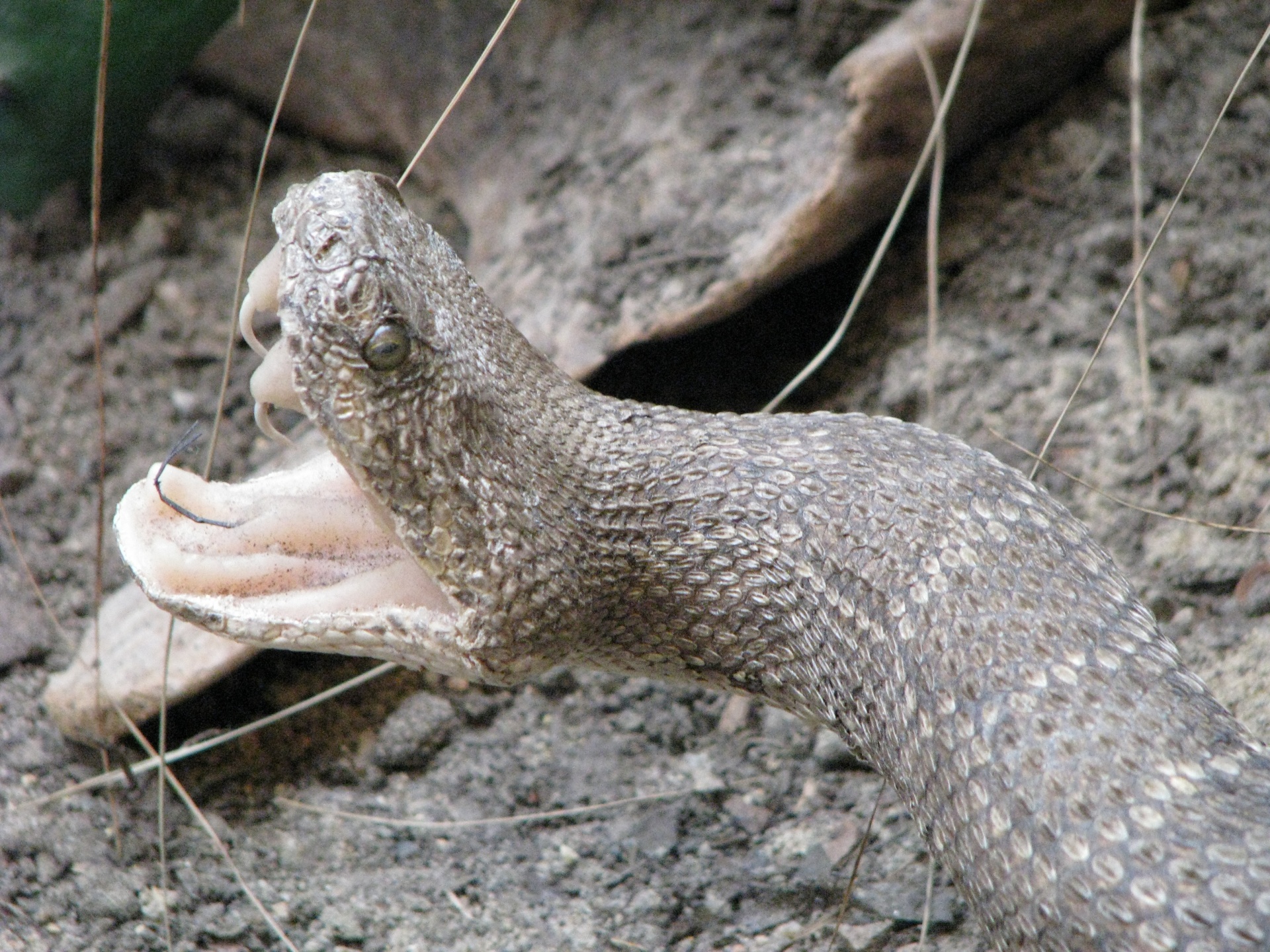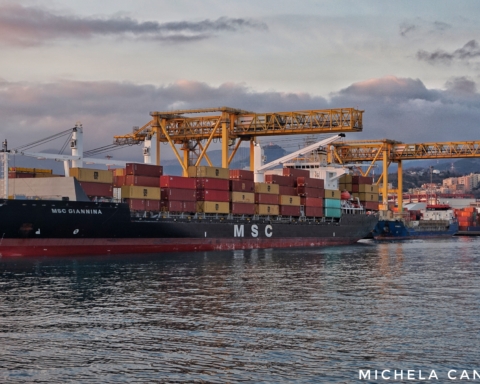Imagine you are a docker or warehouse worker and you are handling goods or opening a container brought in by a ship from a foreign country. How would you behave if you were confronted by a spider or a scorpion that looked less than reassuring?
As an answer to this question, and to provide support to port and non-port users, the Port Network Authority has developed a new operational procedure to deal with the various scenarios generated by the presence of dangerous animals either in the hold, on board ship, or inside a cargo being shipped internationally stored in a warehouse.
Implementing a specific procedure is something that could no longer be postponed by the Port Authority. In Livorno, there have been a number of cases of animals being discovered that are potentially dangerous for humans. In 2020, for example, a rattlesnake and a banana spider, both from South America, were found by workers. An even more recent event is the discovery, inside a container containing black walnut logs from the United States, of a female black widow spider, a potentially lethal species.
“It is crucial never to underestimate the risk associated with the presence of animals in cargo,” said Dalia Del Nista, from the Regional Phytosanitary, Agroforestry Supervision and Control Service. “Consider, for example, that some insects, such as mosquitoes, cockroaches and bedbugs may carry dangerous diseases,” she added, recalling how in 2018 the Phytosanitary Service found some specimens of an entomophagous “bug” inside a cargo.This insect, belonging to the ‘reduvidae’ family – popularly called ‘kissing bugs’ – prefers to feed itself by biting people’s lips while they sleep. It is dreaded because it can carry dangerous diseases such as ‘Chagas disease’, a parasitosis that in some cases can provoke heart ventricle enlargement, causing heart failure.
The new procedure – which was presented today in the auditorium of Livorno’s Natural History Museum by the Port Network Authority’s senior executive in charge of safety, Environment and Dredging, Cinthia De Luca – sets out in detail all the worker safety measures to be adopted in the event of animals being discovered. It specifies the authorities to be contacted and how to behave following the discovery of an animal, on a case-by-case basis, depending on whether the animal is found inside a hold, a warehouse or a container, or whether, for example, it is still alive or already dead (although this does not rule out its being dangerous).
The document was prepared in cooperation with the Customs Agency, Agecontrol, the Harbour Master’s Office, the Provincial Fire Service, the Revenue Corps (CITES); the Mediterranean Natural History Museum, Tuscany Regional Administration’s Phytosanitary, Agroforestry Surveillance and Control Service.
“This is an important, valuable synergy promoted in the spirit of a vision aimed at safeguarding both human lives together with animals that do not belong to our habitat,” said Mrs. De Luca. “From today, our Network ports will have an updated procedure to prevent animals, contained in cargo coming from other countries/continents, from creating problems for our ecosystem”
Translation by Giles Foster




